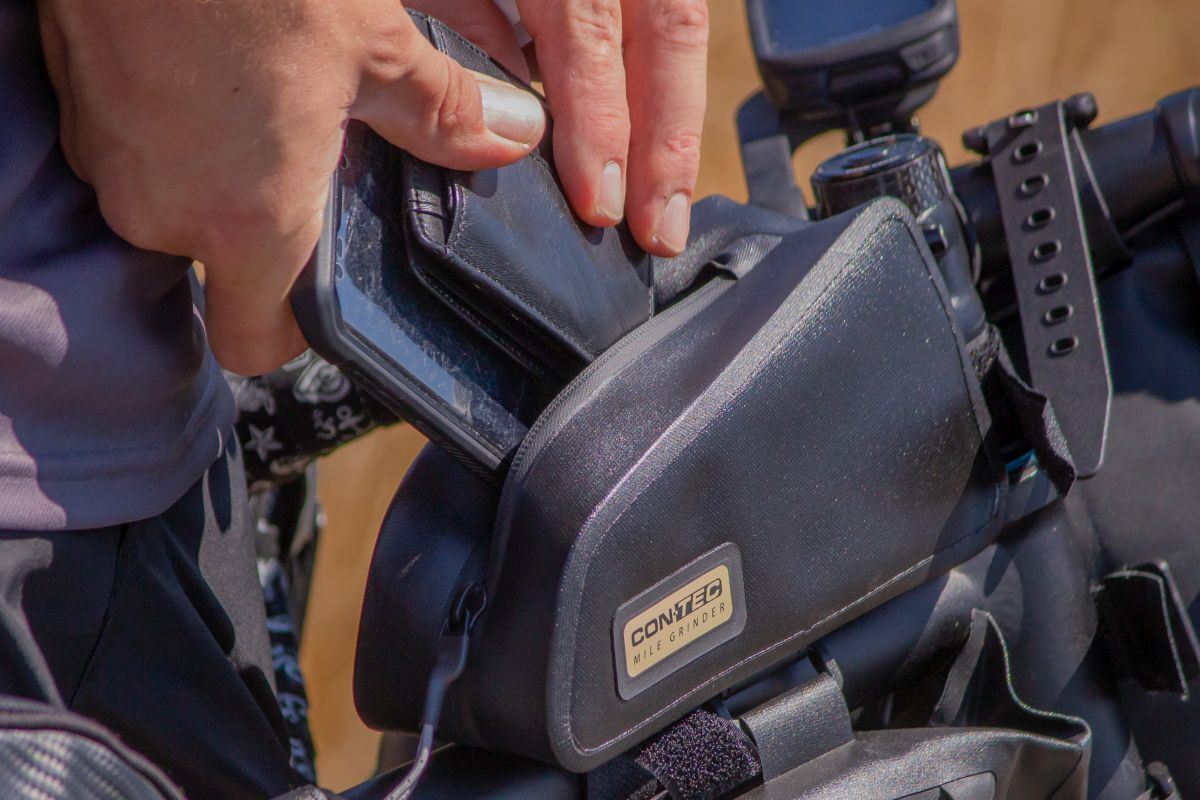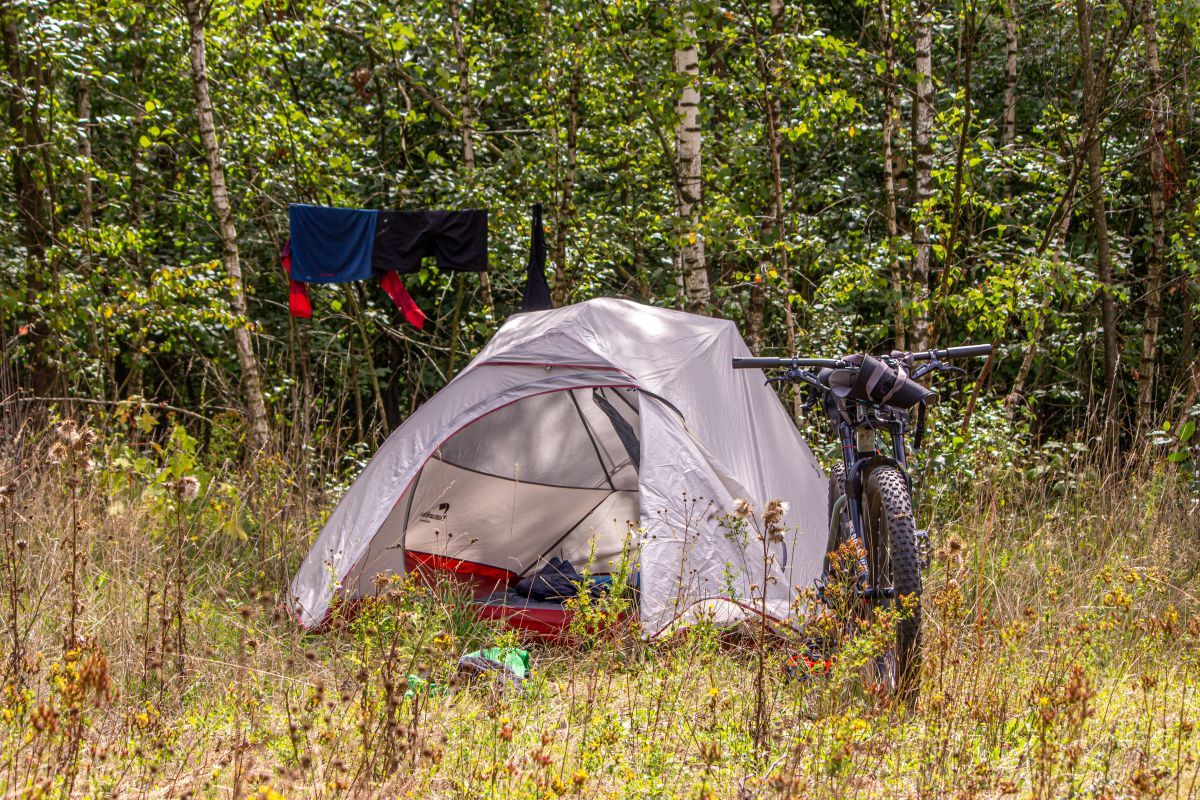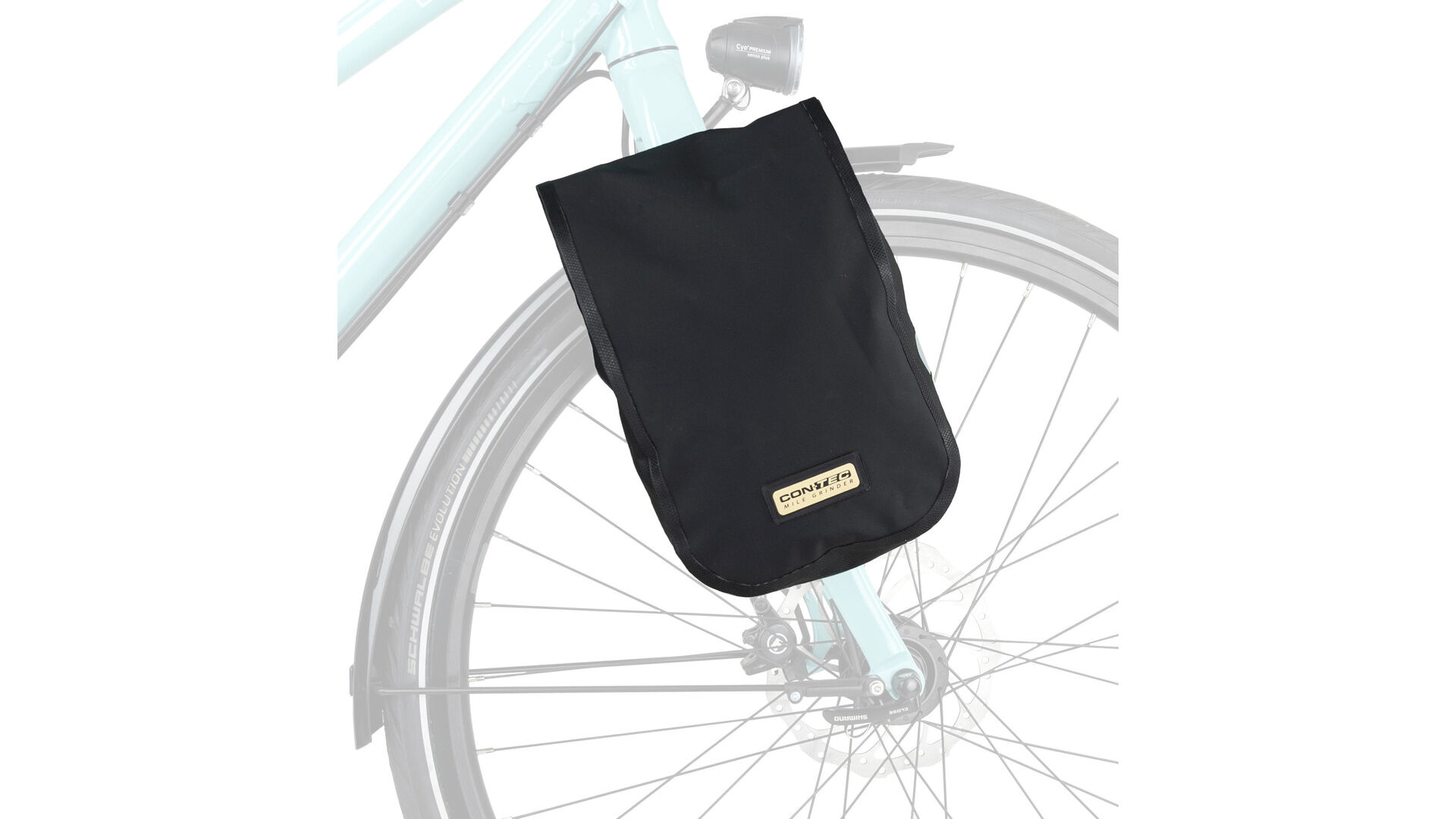I have a cosy bed at home; why would I sleep in the forest? This is a question you often get from people who don't know anything about bikepacking or hiking. But there are many reasons to leave your bed at home and get out of your usual comfort zone to spend a night in the forest. First of all, the air in the forest is much better than in the city, for example. Forest air contains up to 90% less dust and far more oxygen. And what's more, there is hardly any of the usual noise of human civilisation, so instead, you can enjoy the sounds of nature – such as chirping birds, rustling animals or the wind in the tree canopy. These diverse sensory experiences stimulate the parasympathetic nervous system. This is an important part of our nervous system that provides rest and regeneration. There are studies from the USA and Japan that have shown a reduction in blood pressure and heart rate after a 15-minute walk in the forest. In addition, you can really fill up your lungs in the forest. The forest has a calming effect on us humans. So why not sleep there? In the following, we will explain what you need and where best to stow your equipment. We use the bikepacking bags from CONTEC's "Mile Grinder" series.
Why sleep in the forest?
- Less noise
- 90% better air
- Soothing for the body
- Much cooler in summer
You don't really need much on a bikepacking tour. To be honest, you can't need much, as your packing volume is very limited. To spend a night in the forest, you need the following items:
- Shelter (tent, tarp, hammock)
- Sleeping mat
- Sleeping bag
- Pillow
- Small shovel
- Toiletries
- Cookware set
- Light (headlamp or torch)
Handlebar bag
Weight on the front wheel has a considerable effect on handling, so you'll need to be careful what you pack in your handlebar bag. In order to minimise the impact of this, you should make sure that you do not pack anything too heavy in your handlebar bag. A sleeping mat, sleeping bag and pillow are perfect.
Tool bag
This is where you should pack things you want to be able to access quickly. For example, you could easily stow your rainwear and headlamp. It might also make sense to put your cooking set here, so you can make yourself a hot coffee during a break.
Saddle bag
The saddle bag has plenty of space for storing your shelter. At 10 litres, the saddle bag provides plenty of storage space for your shelter and a few clothes. But a saddlebag can sway vigorously – for example, when you are riding out of the saddle – so it's also important to avoid having too much weight in this bag.
Frame bag
Thanks to its central position, the frame bag is the ideal place to store heavy objects. This can include your toiletries. Shower gel, shampoo, and the like can add up to a heavy load. But this can also be a good place to store your tools. Since the frame bag can be accessed quickly, it's also a perfect spot for your emergency toilet kit, consisting of a shovel and toilet paper.
Top tube frame bag
The top tube frame bag is also ideal for things you need to get to quickly and often. You even have easy access to this bag while riding. This makes it perfect for snack bars, wallets, mini tools or even your smartphone.
What kind of shelter? Tent, hammock or tarp?
As mentioned above, a shelter means a form protection from the elements. There are three different options: a hammock, a tarp or a tent. But what are the advantages and disadvantages of the different types of shelter?
Floor sleeper vs. hammock
If you prefer sleeping on the ground, you can opt for a tent or a tarp. And lying directly on the ground has its advantages. This means that a warming layer of air can build up between your sleeping mat and the ground. With the right sleeping mat, you are well-protected from the cold of the ground. It's a different story with a hammock. Due to the distance between the ground and the hammock, the air can circulate freely underneath you, so it can get cold from below quite quickly. When the air temperature is below around 20°C, you definitely need insulation from underneath. But you also need insulation when sleeping on the ground, just as much as in a hammock.
Tent

Quick tip: If you pack things that can get wet, such as an outer tent, together with clothing, it makes sense to pack the wet things in an extra waterproof bag.
A tent provides all-round protection and gives you the opportunity to spread your gear out a bit without anything lying in the dirt. But you need a flat surface for a tent, just as you do with a tarp. Whether you choose a tent or a tarp is a matter of taste. Some people like the enclosed feeling of a tent, while others prefer the more open environment under a tarp.
- All-round protection
- Space to spread out your gear
- Offers the most privacy
- Often freestanding
- Heavier
- Often with bulky poles
Tarp
A tarp has two advantages: it is lightweight and you can set it up in many different ways. Depending on the setup, you can choose between a good all-round view and a closed setup. The difference to a tent is the lack of a floor and mosquito protection. Mosquito protection, for example with a mesh bivy, can be installed quickly.
- Very lightweight
- Very versatile setup options
- No mosquito protection
- No all-round protection
Hammock
A hammock has the advantage that you aren't lying on the ground. This means you don't have to worry about the terrain. Scree, steep slopes, or simply soggy ground are no problem with a hammock. But you should bear in mind that you may not only want to sleep but also cook, have a drink, or just chill. So, a small flat spot nearby is also useful when you are using a hammock.
- Can be set up on many types of ground
- Often includes integrated mosquito protection
- Hanging a hammock requires experience
- Quickly gets cold from below
What is the best way to find a place to sleep?
Finding a place to sleep in the forest is sometimes not so easy and also depends a little on your chosen type of shelter. With a hammock, you don't have to pay as much attention to finding a level surface, like you do if you're sleeping on the ground. But there are still some things you should consider when choosing a place to sleep. For example, you should not set up camp right next to a path. You are still in a grey area legally and could be prosecuted. It's better to look for a more secluded place. A water source, such as a small stream or lake, is also beneficial. Although you shouldn’t drink the water without filtering it, you can still rinse your cutlery and cooking pot, or wash your hands with it. However, you shouldn’t camp too close to the water, because there are usually a lot of mosquitoes there. Sure, most hammocks and tents have mosquito nets, but you don't want to sit in your shelter all evening; you might want to sit by the fire. In fact, fire or smoke is the best mosquito repellent.
When should you start looking for a campsite?
As mentioned, finding the right place to sleep can take longer than you might expect. That's why you should start looking for a suitable place to sleep 2–3 hours before sunset. And if you find a perfect spot after five minutes of searching, it is better to stay there and relax a bit, rather than keep walking and risk not finding a place to sleep before nightfall. There is nothing worse than looking for a sleeping spot in a dark forest, totally exhausted.
The legal position on sleeping in the forest
The legal situation in Germany on this issue is not entirely clear. On top of this, there are also differences between camping and bivouacking. Camping means that you have a self-supporting structure, while a bivouac is a shelter that is not self-supporting. For example, do you need a stick to build your shelter? Then you're bivouacking. The rules are more relaxed for bivouacking than for camping.
In actual fact, the forest is a recreational area. That means it is there for rest and relaxation. So, you could say that sleeping in the forest relaxes you and makes you feel refreshed. However, this only applies to the official paths in the forest; if you are off the paths, it is a different story. In general, the situation on sleeping in the forest varies from place to place.
On the whole, however, the code of ethics is "Leave no trace" and take home everything you bring with you. If you get caught and your camp looks clean and tidy, it is much more likely that you will be let off with just a warning, if that.
Packing list for an overnighter – What do I need to bring?








Bikepacking overnighter – Why should I sleep in the forest?

To avoid any unwelcome surprises after your bikepacking tour, here are a few tips for attaching your bikepacking bags.















